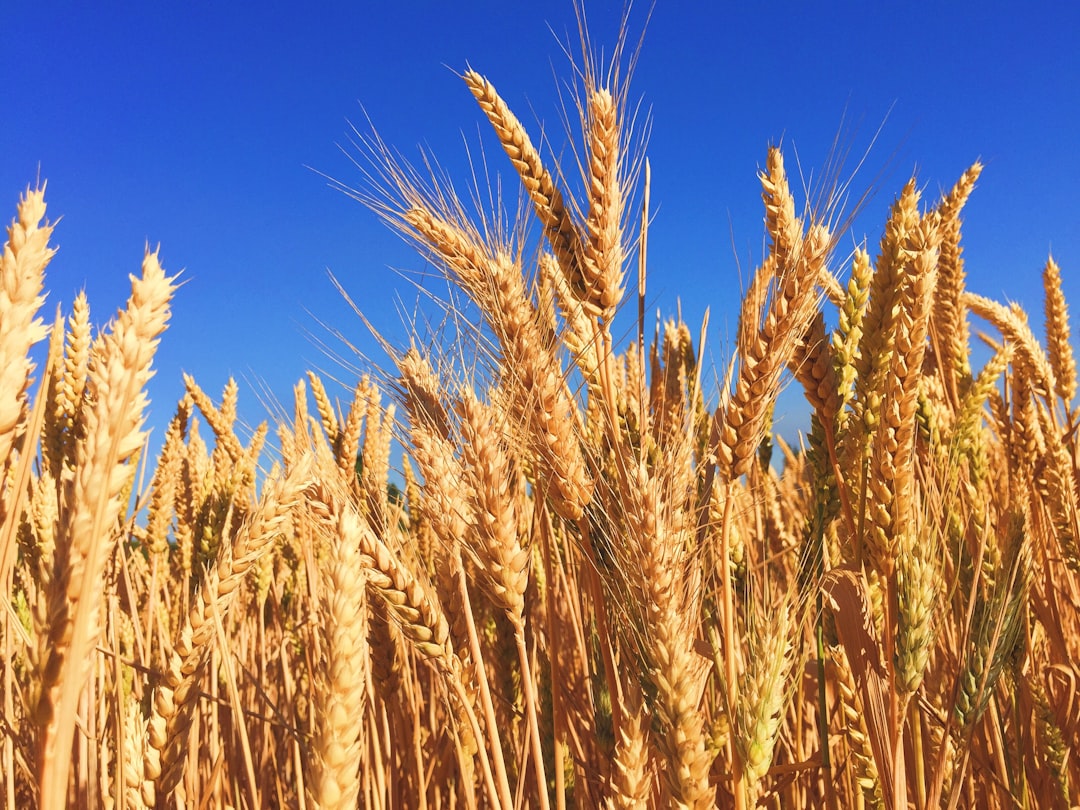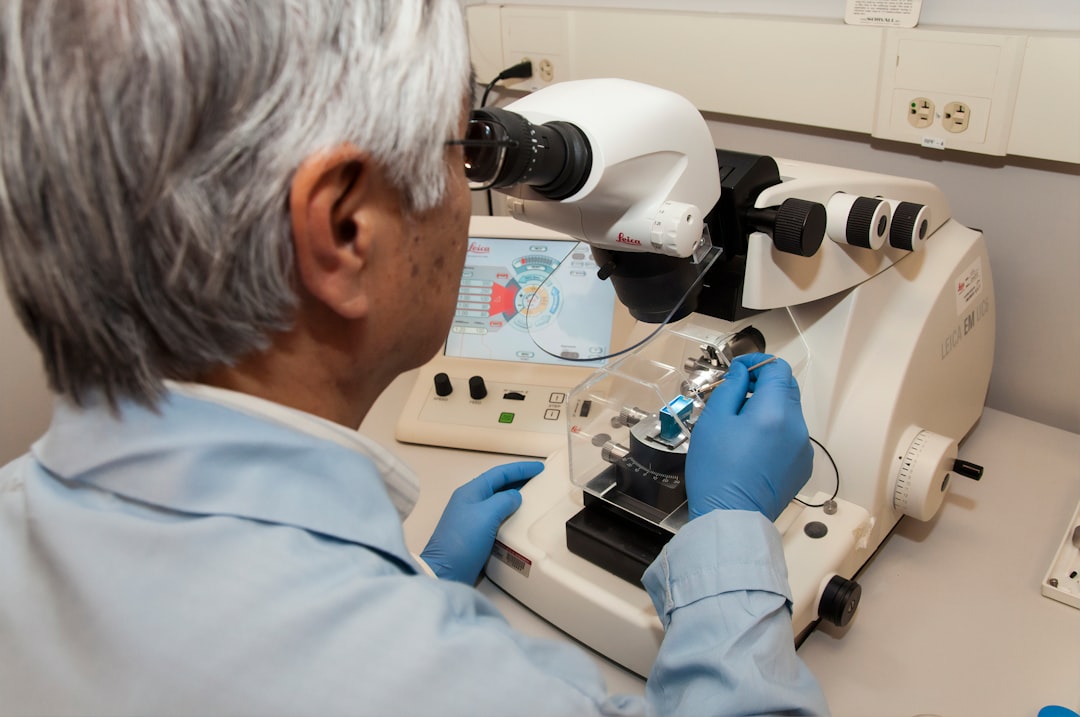What is it about?
The ectomycorrhizal symbiosis is a mutualistic interaction between fungi and forest trees enhancing plant phosphorus nutrition and thus forest growth. We have shown for the first time that a fungal transporter plays a major role in plant P nutrition, affecting both phosphate (Pi) influx in the mycelium and Pi efflux towards the roots under the control of the host plant. We have used several techniques to confirm the symbiotic P transporter capacities.
Featured Image

Photo by Rural Explorer on Unsplash
Why is it important?
We hypothesized that proton-phosphate importers play a major role in P transport from the soil towards the plant through the fungal cells. We showed that (i) the host-plant induces the expression of only one fungal proton P transporter and (ii) the artificial overexpression of this protein is sufficient to enhance significantly Pi export towards the central cylinder and plant aerial parts. Thus, these findings fully supported our working hypothesis.
Perspectives
This work gathered many competences from several colleagues, with whom I have had long standing collaborations. In addition, this work shows me that the fully understanding the P exchanges between the fungus and the plant is a very complicated question that will require other experiments with other techniques. However, I hope the readers will find that this work is an important piece of the puzzle representing our knowledge about the mechanisms of P exchanges between the mycorrhizal fungus and its host-plant.
Claude PLASSARD
Eco&Sols
Read the Original
This page is a summary of: The Hebeloma cylindrosporum
HcPT2 Pi transporter plays a key role in ectomycorrhizal symbiosis, New Phytologist, June 2018, Wiley,
DOI: 10.1111/nph.15281.
You can read the full text:
Contributors
The following have contributed to this page










